Disclosure: Some of the links in this article are affiliate links, which means that if you purchase through those links I will receive a small commission. For example, as Amazon Associate, I earn from qualifying purchases. If you decide to use these links, thank you!
The idea for this article began with tacos. We were having dinner one night and my husband was pouring hot sauce onto his tacos and I thought about the fact that I heard about hot, spicy foods boosting your metabolism. Was this true or just a food myth?
And I’m a food geek, so of course, all of these other food myths started running through my mind. Is eating at night really bad? Is brown rice really better for you? What about those activated charcoal drinks I’ve been seeing? Do they really help you to detox?
So, I researched every one of these ideas and can now share with you the surprising results of whether these food myths are true.
Food Myth #1: Eating at night IS BAD.
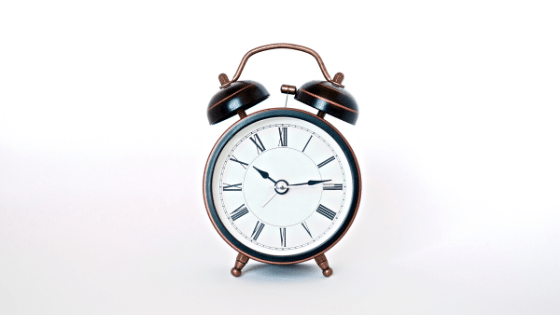
If you’ve flipped through any health magazine ever you have probably read that eating at night is bad. There are food myths that if you eat at night all of those calories are “stored” overnight. Or that if you’ve eaten all of your “allowed” calories then eating after dinner is forbidden.
Yet, there is no evidence supporting the idea that the time of day you eat is associated with weight gain (source).
It is true that you may eat past fullness if you haven’t eaten regularly throughout the day. And you are likely to eat more if you are feeling stressed or overly tired. If this sounds like you, then you may be interested in this article:
Powerful Intuitive Eating Strategies to Cope with Stress Eating
In addition, if you suffer from acid reflux you may want to avoid eating for up to an hour before bedtime.
Truth: For most people, it’s perfectly okay to have a snack before bed. If you are hungry, please eat something! A combination of carbs and protein or fat may even help you to sleep better (ex. oatmeal, nut butter with an apple, veggies and hummus, low sugar granola bar). Studies have also shown that consuming protein before sleep can improve postexercise recovery.
Food Myth #2: Bananas are fattening. Bananas have too much sugar.
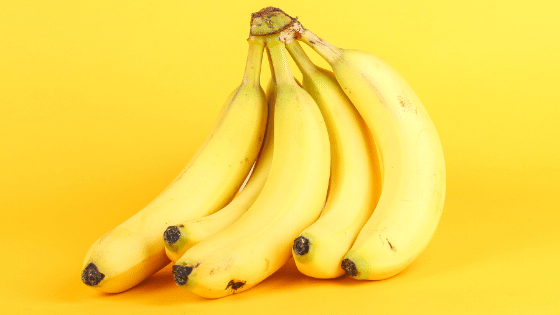
Poor bananas get picked on for being too fattening or having too much sugar. I’m not sure where these food myths started, but the truth is that a medium-sized banana only contains 0.4 grams of fat (source).
So maybe they contain too much sugar? Yes and no. It turns out that bananas contain 14 grams of natural sugar. However, due to their pectin and fiber content, they rank medium on the glycemic index (GI), which is a measure from 0–100 of how quickly foods increase blood sugar levels (source).
This means that bananas should not cause major spikes in blood sugar levels in healthy individuals. To lessen a sugar spike, you could pair a banana with protein and healthy fat such as a nut or seed butter.
Truth: Overall, bananas are not fattening and do not contain a crazy amount of sugar. They do provide a good source of fiber, Vitamin C, potassium, magnesium, manganese, and vitamin B6. They are also high in several antioxidants. A win for bananas!
Food Myth #3: Activated charcoal drinks are a great way to detox.
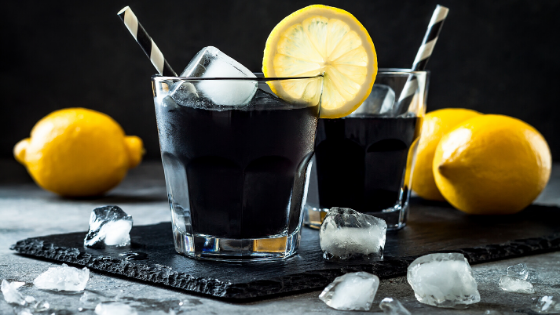
Activated charcoal is very absorbent and has been used for centuries as a remedy for poisonings (source). More recently, people are using it to treat mold and toxin exposure, hangovers, and to relieve an upset stomach.
It works well for these ailments because charcoal adheres to problematic particles and removes them from the gastrointestinal tract.
It’s concerning, however, that juiceries and health food companies are selling beverages that contain activated charcoal under the impression that it is a detox drink. This is because while activated charcoal can remove toxins and other unwanted particles, it also can bind to vitamins and minerals.
So, if you purchase a $6 to $10 bottle of juice with the intention of detoxing while getting a dose of nutrients and vitamins from the juice, it may not be as nourishing as you think.
Activated charcoal may also interfere with the absorption of medication, so it’s recommended that you take the medication 2 hours apart from taking activated charcoal (source).
Truth: Skip the expensive juice and smoothies containing activated charcoal because it may absorb the minerals and nutrients from the drink.
However, activated charcoal can be an effective remedy for mold and toxin exposure, hangovers, and gastrointestinal problems.
A great option is to purchase a bottle of activated charcoal capsules made from coconut. The brand I use and recommend is Country Life – Natural Activated Charcoal (Amazon link – $0.13 per serving as of 02/12/20).
Food Myth #4: Brown rice is better for you than white rice.
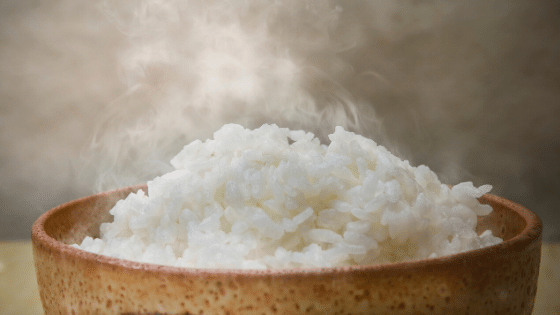
The answer is yes…and no.
The difference between brown rice and white rice is that brown rice has a protective outer layer, the bran, that is darker than the rest of the grain. So when left in place it looks brown.
This bran contains all of the micronutrients in the plant, which would lead us to believe that brown rice is the best choice. However, the outer layer of brown rice also contains phytic acid (phytate).
Phytic acid can be harmful in two ways. First, phytic acid in brown rice binds to minerals in food and prevents us from absorbing them (source)(source). For example, studies suggest that we absorb approximately 20 percent less zinc and 60 percent less magnesium from our food when phytic acid is present (source).
Second, phytic acid in brown rice obstructs digestive enzymes, which can result in gastrointestinal (GI) issues, allergy symptoms, and inability to absorb micro-nutrients (source).
Unlike brown rice, white rice doesn’t come with negative effects since the milling process used to change brown rice to white rice removes phytate.
It is possible to reduce the phytate content in brown rice by soaking it in water overnight or by sprouting (source) (source).
Truth: Brown rice has more micronutrients than white rice. However, white rice does not contain phytates, so it is easier to digest and does not interfere with the absorption of nutrients. When eating at a restaurant I would opt for white rice. If you are making it at home and have soaked or sprouted your brown rice, then brown would be the better choice.
Food Myth #5: Dried fruit is unhealthy.
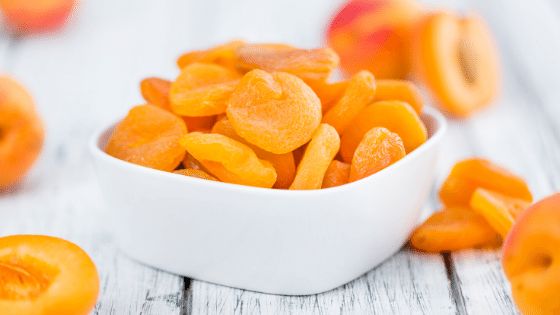
Dried fruits are full of nutrients, contain a lot of fiber, and are a great source of antioxidants (source).
But, the main difference between dried and fresh fruits is the sugar content. Since dried fruits lose water during the drying process, their nutrient, calorie, and sugar content becomes concentrated once they’re dried.
This is why when you read a label on dried fruit, such as raisins, the serving size is smaller than when you would eat a serving of grapes.
It’s also important to read the labels on dried fruit to check for added sugar. Packaged banana chips, pineapple, and papaya tend to have a lot of added sugar and additives.
Truth: Overall, dried fruit is nutritious, easy to pack as a snack, and can sometimes replace other sweeteners. So, feel free to keep eating dried fruits, but avoid the added sugars. It’s also fun to make your own dried fruit in a dehydrator (Amazon link).
Food Myth #6: Dark coffee contains more caffeine than light coffee.

You would think that a stronger tasting coffee has more caffeine, right? Surprisingly, the opposite may be true.
The truth is that the difference in the caffeine content comes from the volume of coffee used when brewing. Lightly roasted beans are smaller than dark roasted beans since coffee beans expand when they are in contact with heat.
So, if you measure coffee using a scoop then you are getting more caffeine when brewing a light roast because more beans fit in the scoop. However, if you weigh your coffee the caffeine content should be the same.
Apparently, Starbucks uses a scoop because there is a significant difference in the amount of caffeine in their coffees.
Caffeine in Starbucks coffees (per 16 fl oz):
- Blonde Roast (light) – 360mg
- Pike Place (medium) – 310mg
- Dark Roast – 260mg
Truth: Brewed dark roast coffee contains less caffeine than light roast coffee if measured using the same scoop.
Great Choices:
- Ethical Bean Coffee Super Dark Roast Coffee (Thrive Market)
- Thrive Market Organic French Roast Coffee (Thrive Market)
- Equal Exchange Organic Whole Bean Coffee, French Roast (Amazon)
Food myth #7: Low carbohydrate diets are the best choice.
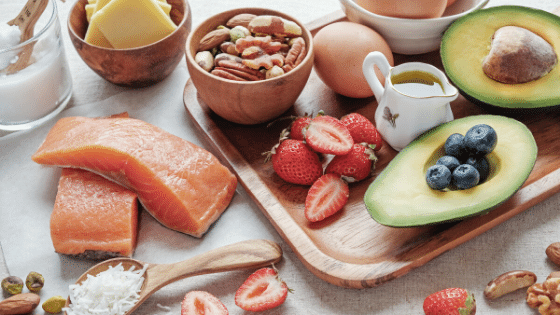
Low carb diets like the ketogenic diet and Atkins have massive followings. And while many people feel better on them, this doesn’t mean that they are good for everyone.
In fact, low carbohydrate diets can actually be harmful to your health. For example, very low carbohydrate diets have been found to be associated with thyroid malfunction (source) and decreased exercise performance (source).
In addition, the impact of a low-carb diet on heart health is still uncertain. For instance:
- While a few studies have demonstrated an increase in LDL cholesterol with low-carb diets, others showed negligible changes (source).
- The results of a meta-analysis of seven cohort studies with 447,506 participants found that in the long term, low carbohydrate diets are linked to an increased risk of cardiovascular disease, cerebrovascular disease, and cancer (source).
There is also concern about the wide variety of ways that someone could follow a low-carb plan. For instance, one person could be eating proteins like grass-fed beef and salmon, healthy fats, and a lot of vegetables. Whereas, another person could be eating lower quality meats, dairy, sugar substitutes, and little produce. These two ways of approaching a low-carbohydrate diet could have different impacts on your health.
Truth: A low-carbohydrate diet may not be the best for everyone. If you do decide to try a low-carb diet it could be helpful to monitor any symptoms you may experience. You can then increase your carbs until you are feeling your best. During the initial adaptation to low-carb, it is crucial to make sure you are getting plenty of electrolytes.
Top Four Electrolyte Supplements on a Budget
Food Myth #8: All wine is vegan.
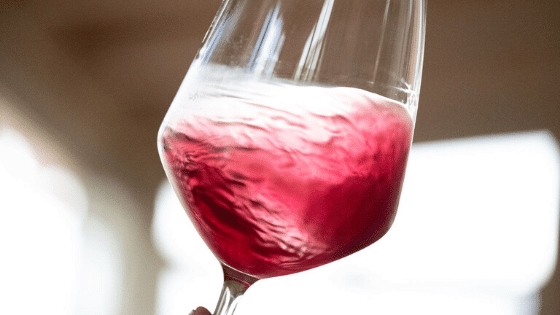
I don’t follow a vegan diet, still, I was surprised to find out that some conventional wines contain animal products including gelatin, milk products, and egg whites.
These are among the 76 chemical additives approved in the U.S. by the TTB and FDA for use in making wine, including copper and ammonia. For information about other additives check out this post:
Give Me All the Wine..Without the Headaches
To avoid drinking these additives make sure to check out the source of your wine. An easy way to buy natural, additive-free wine is to order through Dry Farm Wines. They source their wine from farmers that use traditional-style winemaking techniques (no machinery and no chemicals).
Food Myth #9: It’s not safe to ingest essential oils.
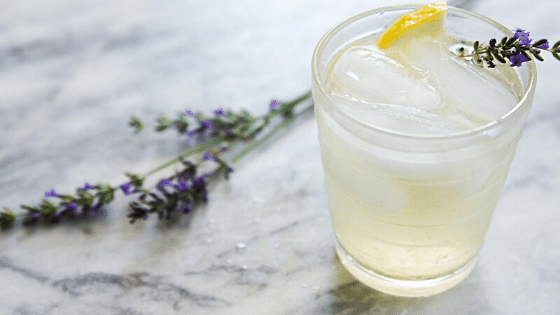
I always thought that essential oils were only meant to be used in a diffuser. However, when I attended my first Young Living gathering with Laurie Malseed of One Mom and a Blog I saw everyone putting drops of oils in their drinks!
They were making a lavender lemonade, which looked and smelled amazing. I didn’t try it at the time…because I question everything. But, after researching essential oils and whether they are safe to ingest I tried it. And it was so good!
Now, not all essential oils are safe to eat or drink. Individuals can have varying reactions to essential oils, as they might to other foods and products. Children might also be more susceptible to toxic effects than adults (source), so it’s important to keep essential oils out of reach of children.
When using essential oils in your food or drinks it’s also important to remember that essential oils are extremely concentrated. For example, it takes 75 lemons to make one 15ml bottle of lemon essential oil!
So, less is more when it comes to adding them to your drinks or food. It’s also important to use high-quality oils, like those from Young Living. They have created a line of dietary essential oils called Vitality (Young Living Link). These include a wide range of oils from basil to nutmeg to lime.
Here are a few ideas to try:
- Dip a toothpick into Lavender Vitality and swirl it in your tea or lemonade.
- Add a drop of Orange Vitality to a smoothie or green drink to enjoy its citrus flavor.
- Drop Oregano Vitality in small amounts to various dishes for extra flavoring.
- Add a drop of Peppermint Vitality to your brownies for a refreshing, minty flavor (Simple Mills makes a great gluten-free brownie mix!).
It’s also important to not take essential oils by placing drops directly on your tongue. Many oils are irritants, and you can incur sensitivity and even burns if you do not adequately dilute them. To help prevent this, mix a drop of the oil in honey or put the drops in a capsule.
Truth: Essential oils can be safe to ingest when used correctly. Make sure to use high-quality oils and start with very small amounts.
So, those are surprising food myths, but what about hot sauce? Can spicy foods really boost your metabolism?
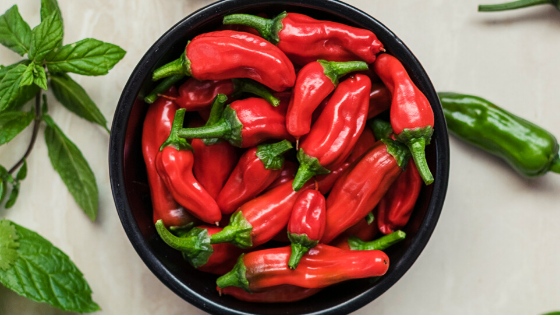
Surprisingly, the chemical in spicy foods, capsaicin, can boost your metabolism and boost calorie burn to a small extent. According to a study published in Obesity Open Access, the participants who were given a 2-milligram capsule of capsaicinoids every day burned an extra 116 calories per day compared to the participants who did not take the capsule.
During my research, I also found that capsaicin may help your body absorb micronutrients in your food (source) and also contains properties to prevent cancer (source). So, adding hot sauce appears to offer health benefits.
Which of these food myths was the most surprising to you? Are there food myths you would like to know more about? Let me know in the comments!

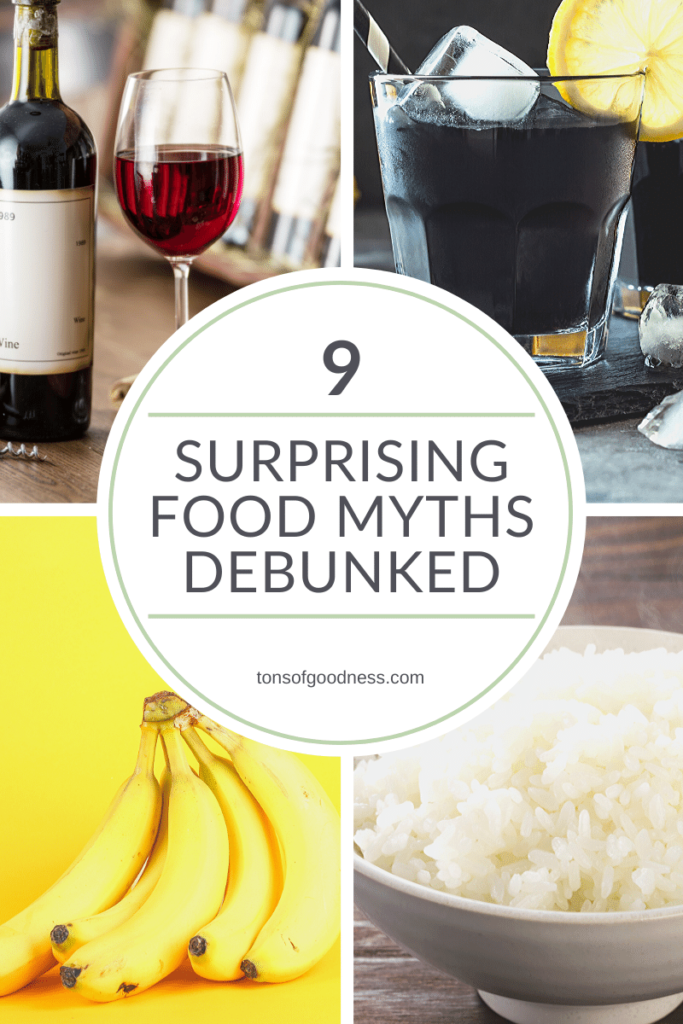
*Please note that the information in this blog post should not be used to diagnose, treat, prevent or cure any disease or condition. This information is not a substitute for medical advice from your health care professional. For more details see my medical disclaimer here.
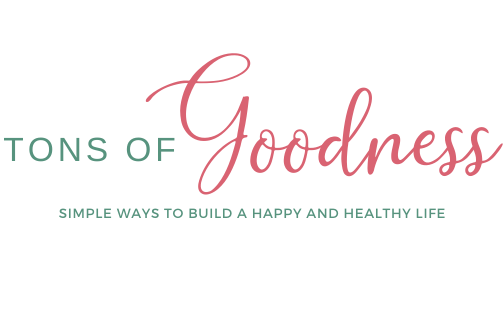
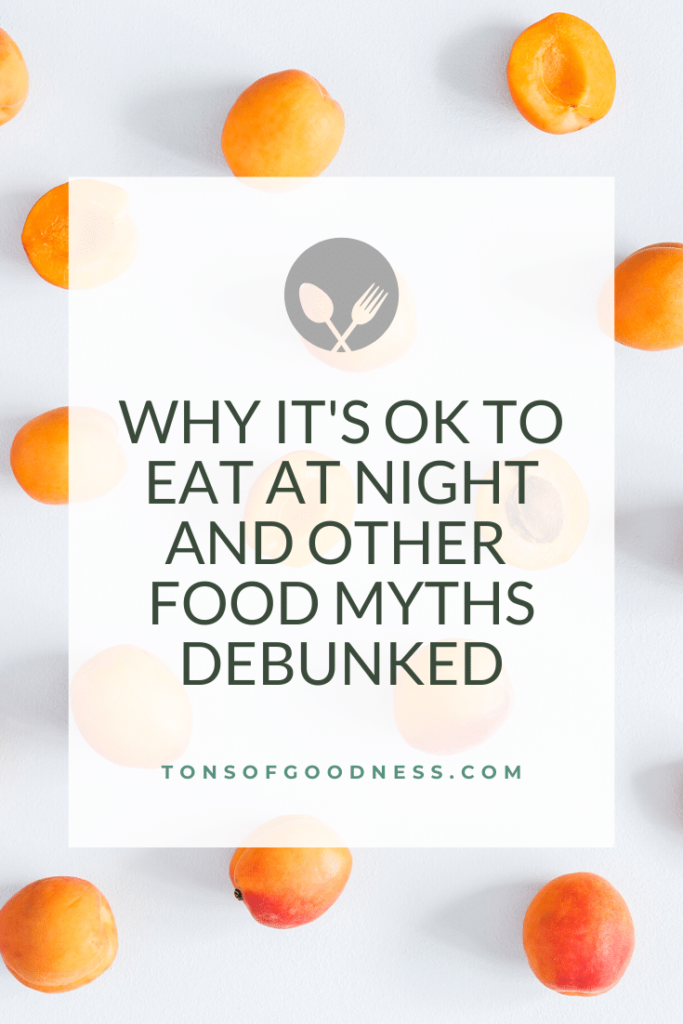
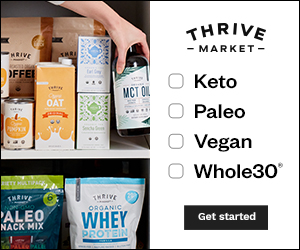
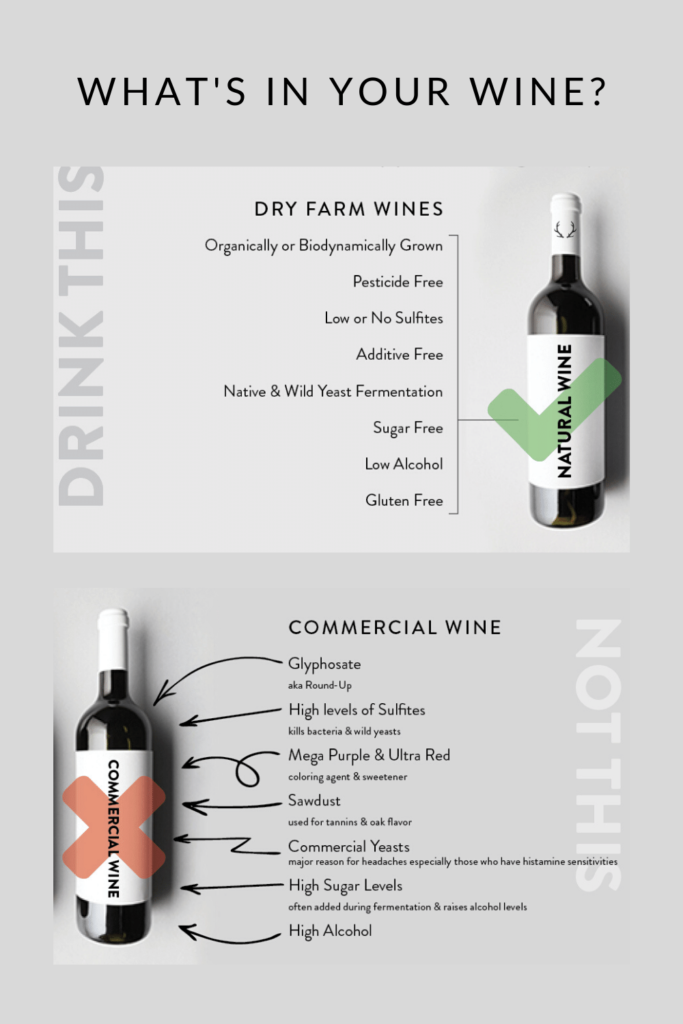
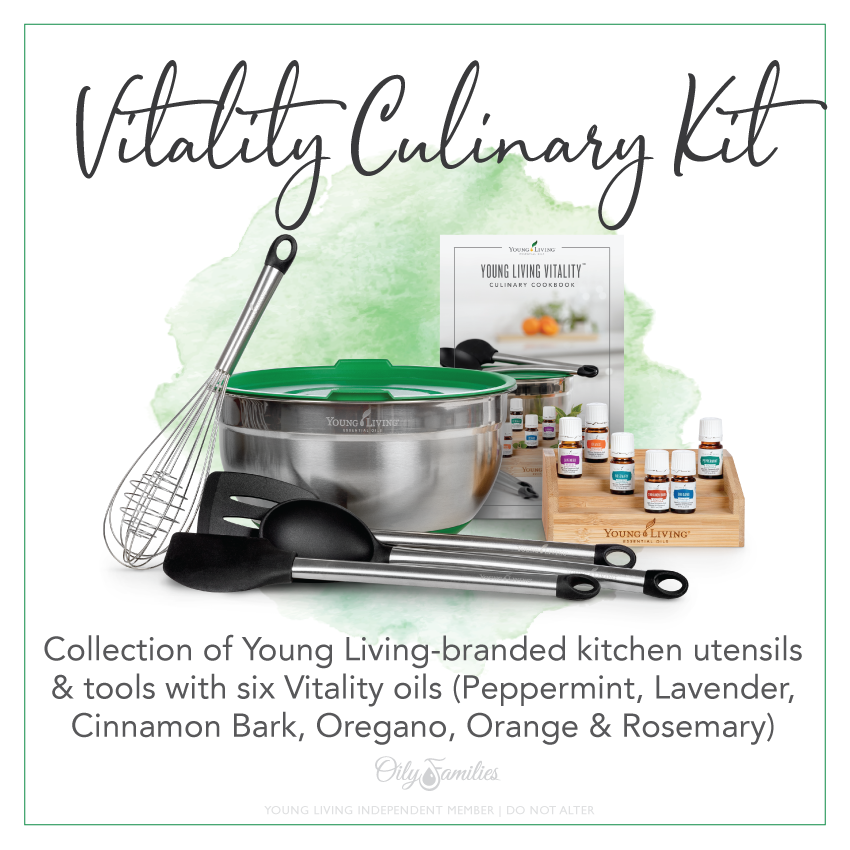

These are all great! I did not know most of them. The coffee one is especially interesting to me. However, I will continue drinking my dark roast… because flavor! Keep up the good work Kat!